LAIKIPIA, KENYA
An Unconventional Safari
There is so much of Africa that defies convention.
From its unusual, distinctive cultures to its iconic and occasionally bizarre wildlife, the continent is brimming with uniqueness.
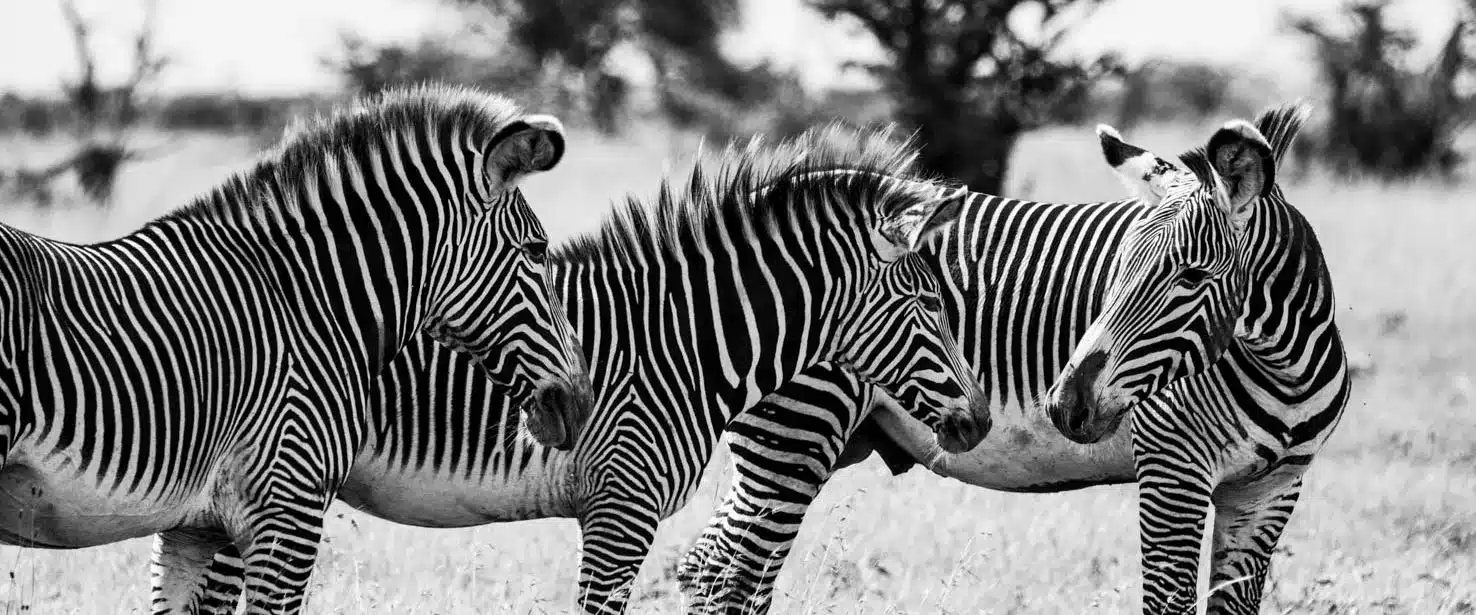
Photo: Segera Retreat
And yet, when you are considering a safari, there is a certain amount of conformity, albeit utterly exceptional in its own right, that one might expect. Canvassed safari camps, vast open plains with herds of wildebeest and zebra, perhaps a water hole with giraffe, elephant, lion and hyena baring treaty to enjoy. Though in no way negative, even your first visit to an African nation bares a familiarity that permeates every breathtakingly wonderful experience. Perhaps the proliferation of documentaries and movies we have watched or magazine articles we have immersed ourselves in have built an expectation, an enthusiastic and highly desirable expectation that can be fulfilled in a diversity of locations.
Laikipia, however, is not one of them.
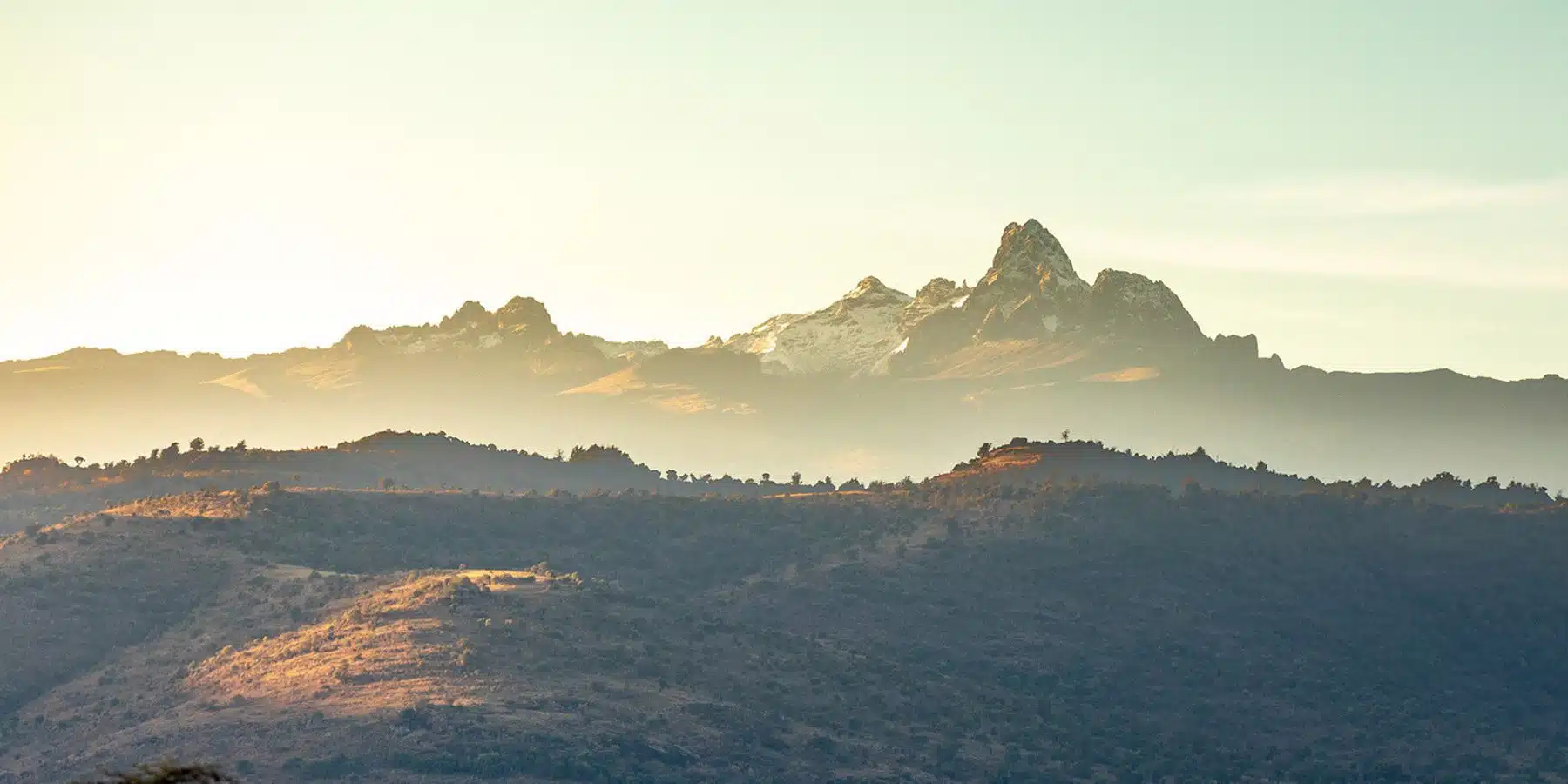
Photo: Ol Jogi
Located within Kenya’s heartland, the Laikipia Plateau borders the Great Rift Valley, Mount Kenya standing sentinel beyond its eastern border and a diverse landscape rising and falling from lofty outcrops to expansive plains. These continually changing undulations are the omnipresent foundation of Laikipia’s distinctiveness, but its almost 3,400 square mile (8,700 km²) offer far more than spectacularly inconsistent landscapes.
Laikipia is a modern-day success story of conservation efforts. Like Samburu to its north, Laikipia suffered greatly from poaching and agriculture through the 1900s, unbalancing its fragile ecosystem and sending many species into decline and even regional extinction. Where once livestock decimated flora and destabilised wildlife, now Laikipia is a haven for many of Kenya’s, and indeed Africa’s, more rare inhabitants. The tireless work of its protectors and 24 individual conservancies is returning the region to its former abundance and is said to be one of the most proliferous areas to witness Africa’s wildlife.
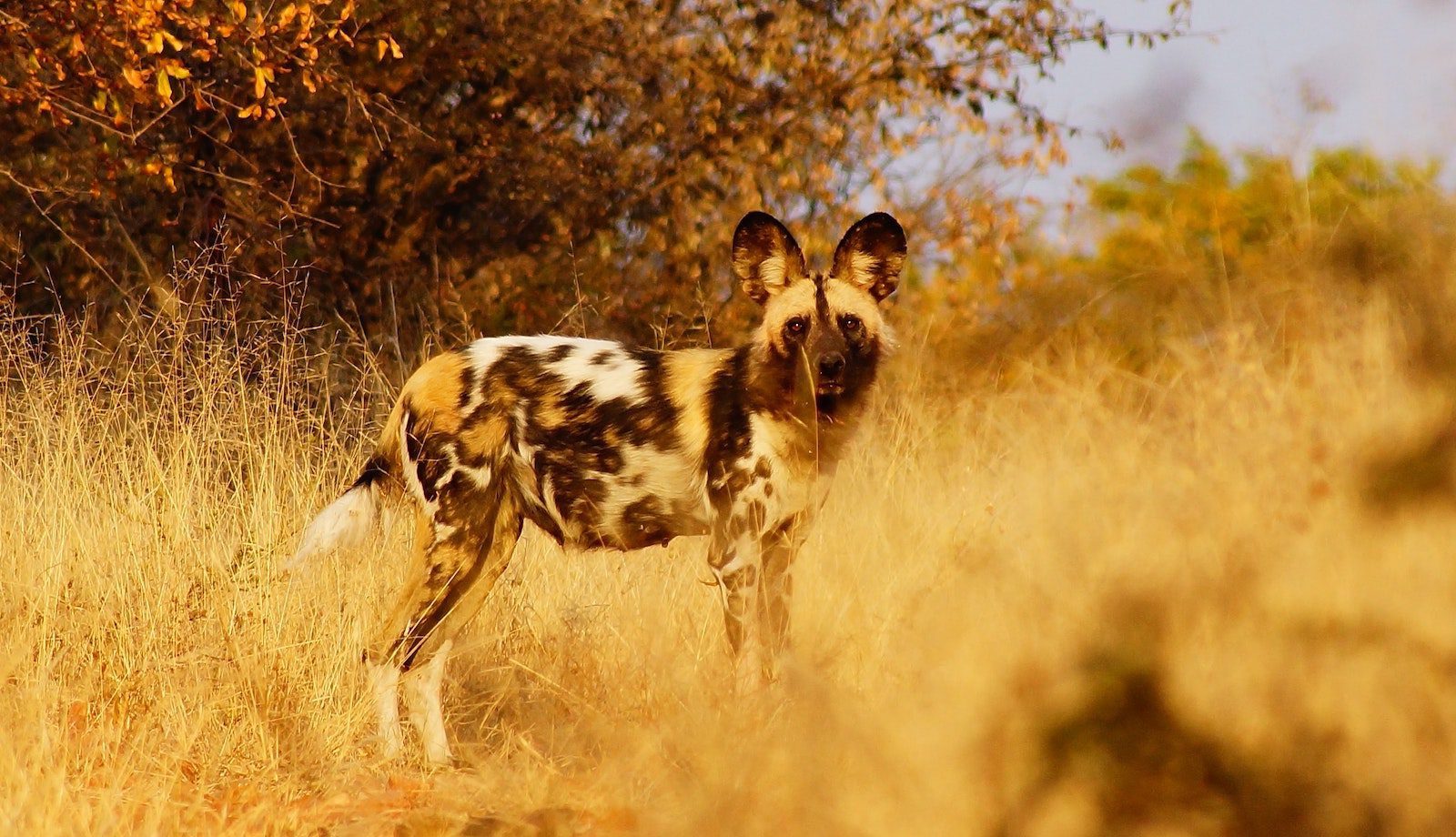
Rising numbers of Grevy’s zebra, reticulated giraffe and the African wild dog are all finding sanctuary upon the plateau, and Laikipia is arguably the best place on the continent to observe almost half of Kenya’s black rhino population.
In more abundance are hartebeest, ostrich, gerenuk, oryx, impala, gazelle, as well as the more elusive cheetah and leopard.
Many Africaphiles have heard of, and ardently searched for, the inimitable Big 5; the lion, leopard, black rhinoceros, African bush elephant, and the African buffalo. Laikipia is one of the only places on Earth where you can be privy to the Northern 5 – an assortment of creatures that are as rare to see collectively as they are rare as individual species. Comprising the reticulated giraffe, Grevy’s zebra, the beisa oryx, the gerenuk and the Somali ostrich, what makes being able to view these animals in their natural habitat isn’t in their prowess or renown, but in that they are all endangered species. Thankfully, due to increased conservation efforts, these wonderful creatures are being protected, allowing numbers to stabilise and, in some cases, begin to increase.
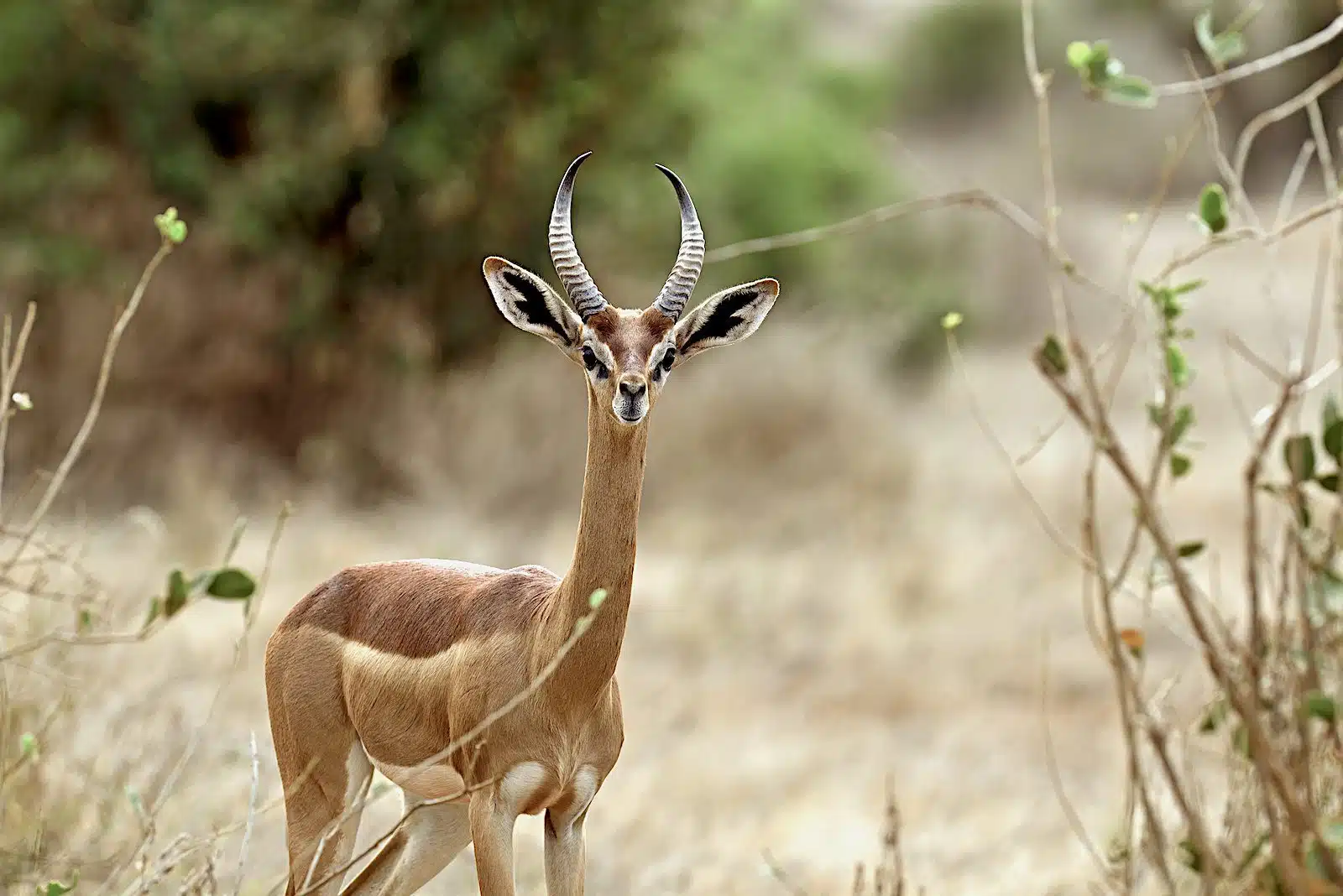
Interspersed regularly with outcrops and hill ranges, Laikipia’s plains offer an ideal environment for this grand-scale rehabilitation, yet Laikipia is still a little-know district and wonderfully under-frequented by the continual stream of tourists seen in the more famous parts of Kenya, most noticeable of which is, of course, the Maasai Mara to the nation’s south.
Despite Laikipia translating to ‘treeless plain’ in the regional Maa dialect, Laikipia provides a consistent scattering of lush, low-lying vegetation, and its elevation – averaging 5,000 feet (1,500 metres) above sea level – provides a wonderfully temperate climate.
The collection of conservancies in Laikipia afford one a certain sense of exclusivity, and private reserves only increase this wonderful intimacy usually reserved for the most elite destinations. Tourism on a greater scale is confined to more southerly areas, closer to Kenya’s capital of Nairobi, 165 miles (265 km) to the south.
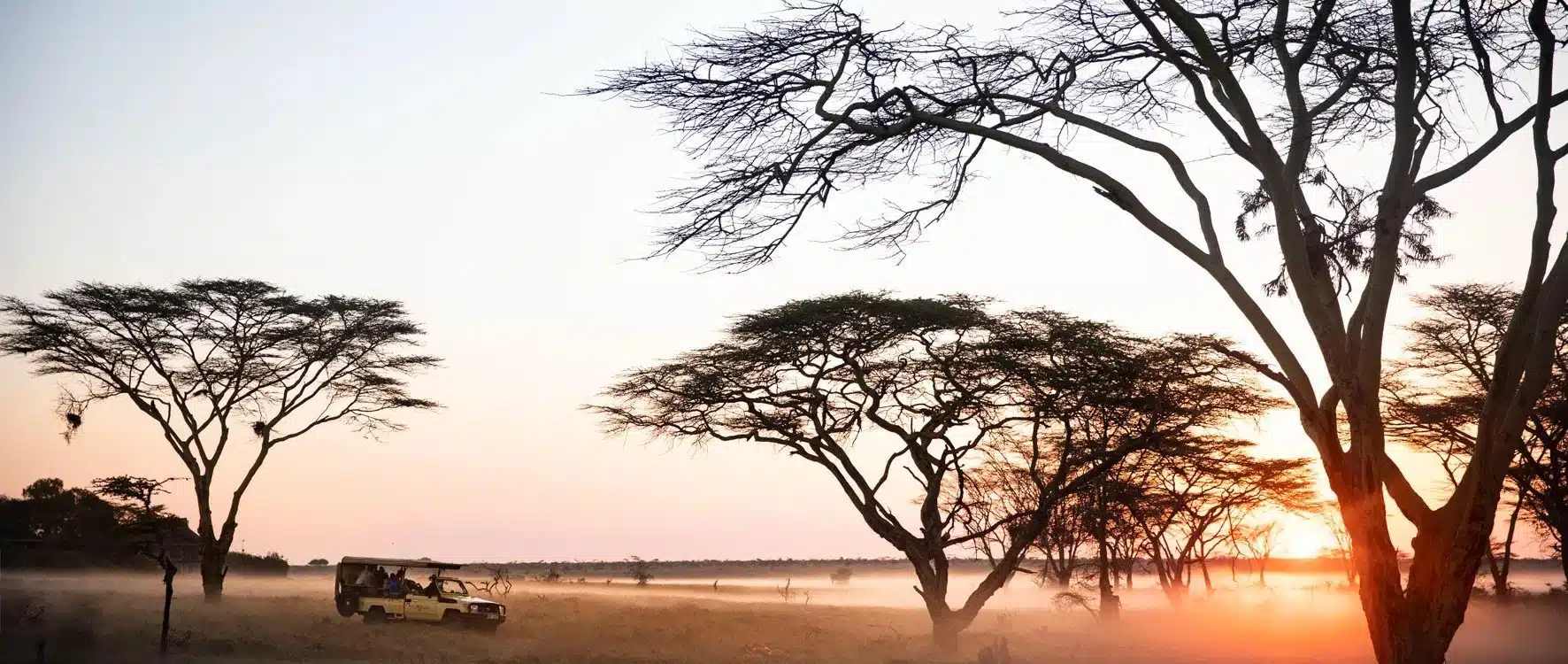
A diversity of accommodations encompass a spectrum of styles, from colonial farmstead to tented camp, traditionally-inspired, luxuriously artisanal lodge and exuberantly decadent private villa.
The uniqueness of Laikipia County extends into its architecture. Crafted sensitively to complement the pervasive awareness for conservation, each location falls within a more familiar niche, though is interpreted in myriad exquisitely individual ways.
Segera Retreat is a private conservation reserve first and foremost. Its tourism persona serves only to finance and sustain its exceptional efforts of wildlife and ecological conservation. Yet it has established itself as one of Africa’s most distinctive luxury accommodations, drawing the attention of worldwide media. Its grounds are peppered with captivating artworks, giraffe wander across its lawns each day, its villas are a balanced symbiosis of natural materials, traditional architecture and opulent contemporary interior design, at its Bird’s Nest private hideaway is a honeymooner’s dream come true.
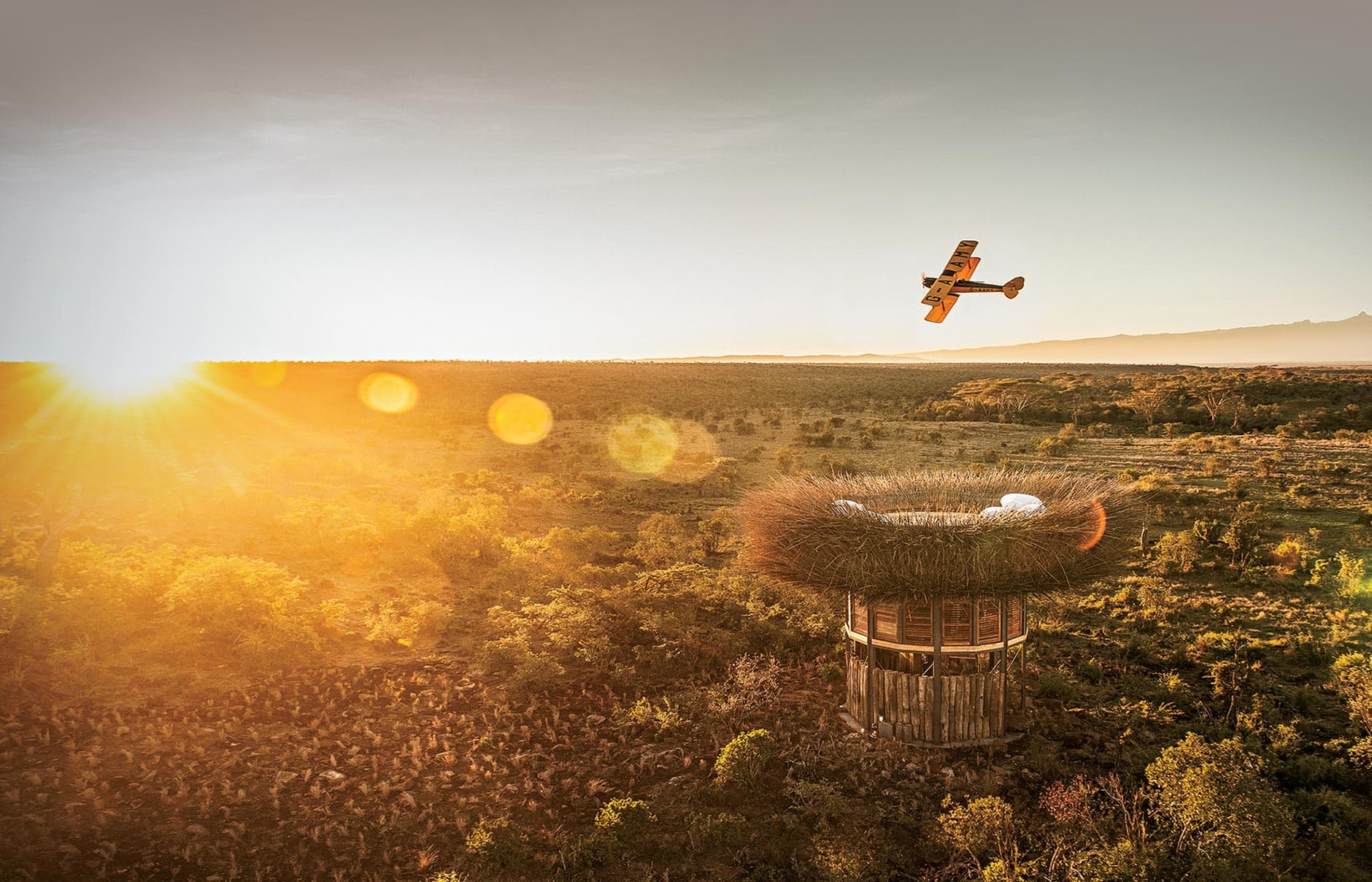
Also offering romance under a starlit ceiling, Loisaba Star Beds combine rock and timber lodges upon a panoramic escarpment with protruding balconies onto which your netted bed is wheeled at sundown. Similar star beds are offered by venues across Africa but, as with so much throughout Laikipia, Loisaba camp takes the conventional and makes it unique.
Ol Jogi is another venue bred of a desire to protect and conserve. Developed in 1986, Ol Jogi’s wildlife rescue centre includes a complete veterinary clinic and protects and rehabilitates the region’s sick or injured animals.
A sprawling hillside lodge offers guests a completely exclusive experience of the private reserve. A team of staff cater to every need, private vehicles and guides provide intimate game drives for guests alone. The venue even has an underground tunnel emerging on the banks of a nearby waterhole where one can observe wildlife drinking and cohabiting from the comfort and safety of a protected hide.
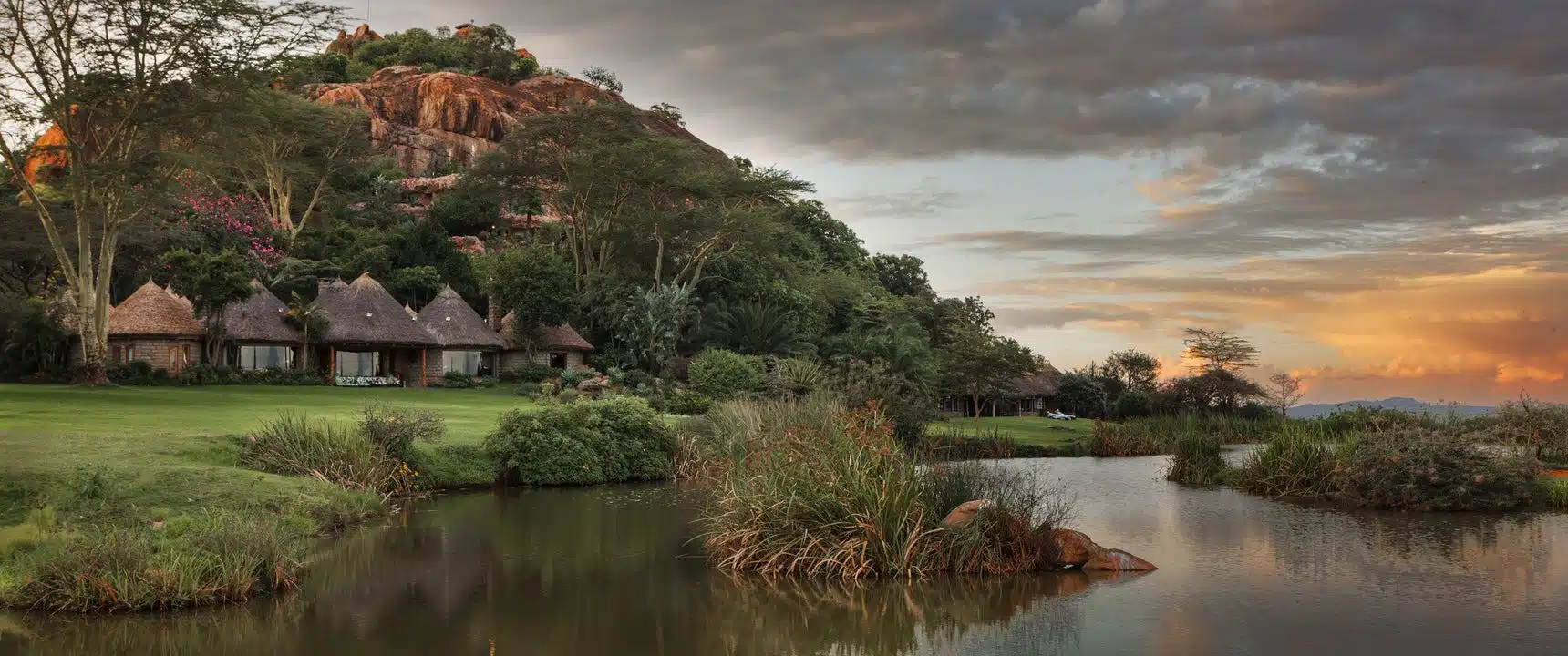
Photo: Ol Jogi
This marriage of conservation and tourism permeates all aspects of Laikipia, from its landscapes to its creatures, and beyond to its people.
Maasai and Kikuyu are the predominant tribal communities of the plateau, with Samburu, Borana and Kalenjin also making up the population. Reserves have turned to these indigenous communities to assist their conservation efforts, but also to support the sustaining of tribal culture.
With their generations-old wisdom of ecosystems, the Maasai and Samburu are employed as trackers and rangers, preserving wildlife, monitoring populations, rehabilitating sick and injured animals and preventing poaching, but community life is also being protected.
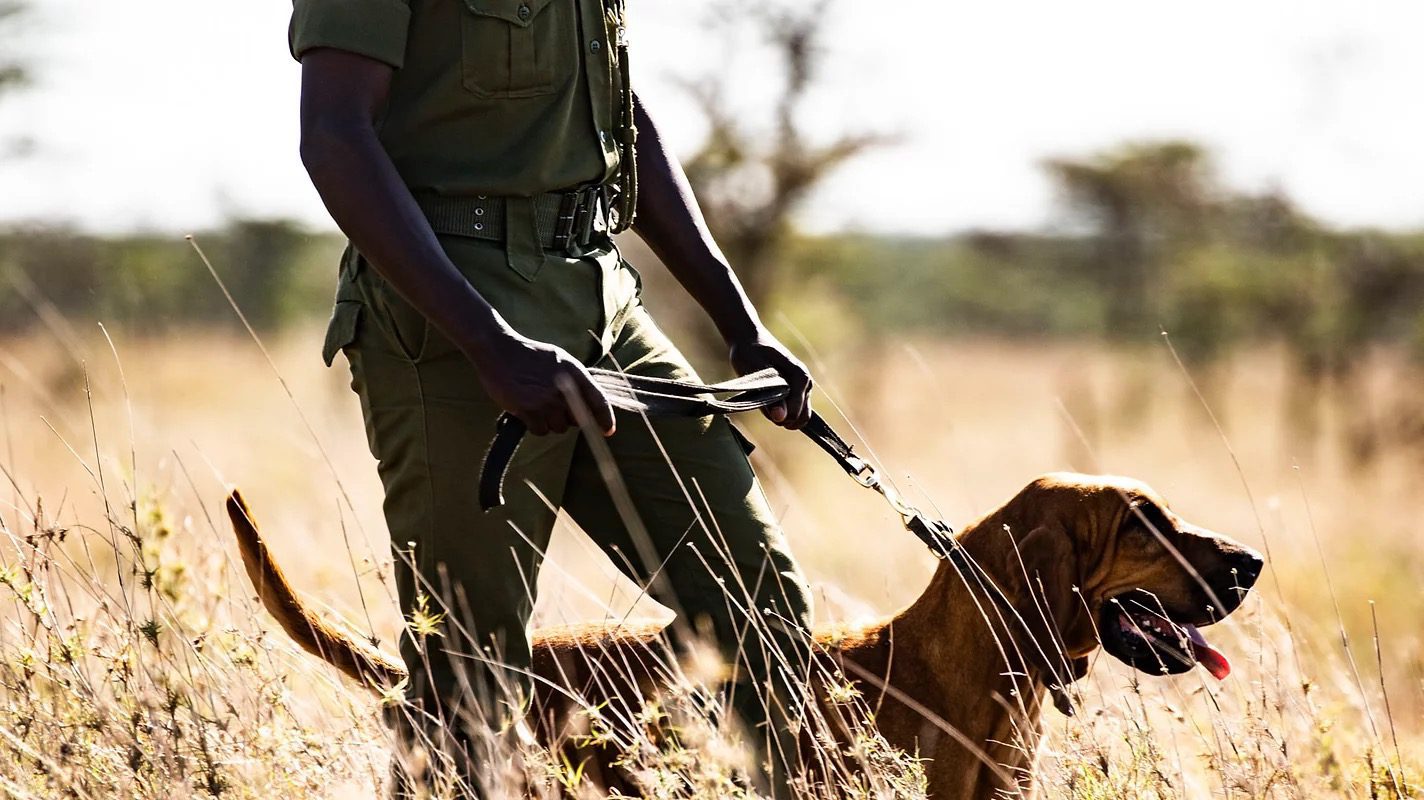
Photo: Segera Retreat
Education within villages, funded by tourism through private reserves, supports the younger generations, helping them to be successful as well as to reinforce their cultural history. Guests may visit local communities, turning their hands to traditional crafts such as beading, or observing the traditions passed down through millennia. The Samburu ‘singing wells’ are one such tradition. Small-scale livestock holdings are still vital to the survival of Laikipia’s people, and farmers dig shallow wells for their cattle. Each night, smelling the fresh water on the wind, elephant arrive, drinking from the wells but also eroding their banks, requiring the herdsmen to repeat the process the following day, singing as they dig.
The singing sustains their toil, but also draws in the cows and is said to ward off wild animals until night falls and they can take their turn in drinking from the well.
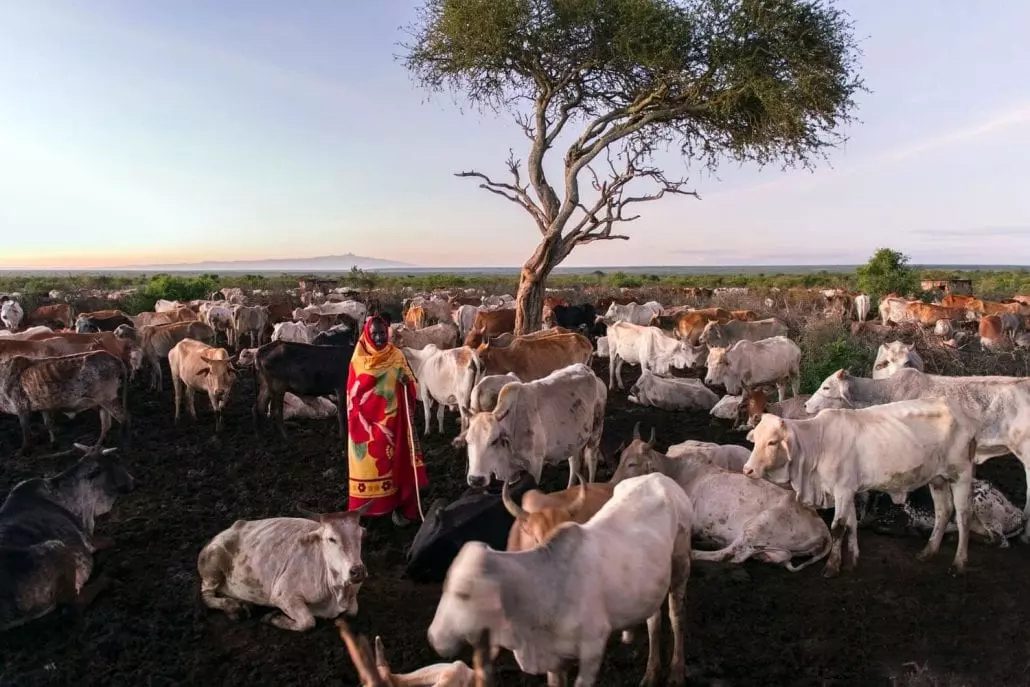
Photo: LoisabaConservancy
It is remarkable to observe the wilds of Africa on any safari, but to sense it – to hear it, smell it, even to feel it – is an unparalleled experience. In many parks and reserves, it is simply too dangerous to walk freely, the expansive regions teeming with animals that may cause harm, through fear, protection… or hunger.
Laikipia presents the rare opportunity to leave the vehicles behind and take to the trails on foot, on horseback or by camel. Hillside tracks meander through the landscapes and the healthy population of creatures willingly accept walking travellers, be they on two or four legs. Though always accompanied by an armed guide, visitors gain a wonderful freedom in this opportunity to find a tangible connection with the African bush.
Likewise, e-bikes are rapidly finding their way to the trails of Laikipia. Electrically-driven push bikes are provided by several of the area’s accommodations, allowing for a silent excursion with far less effort than conventional bicycles.
Kenya is one of Africa’s ten most popular destinations, and the thriving metropolis of Nairobi is every bit a modern city, albeit scattered with traditional marketplaces and views of the wild national park and Ngong Hills to its south.
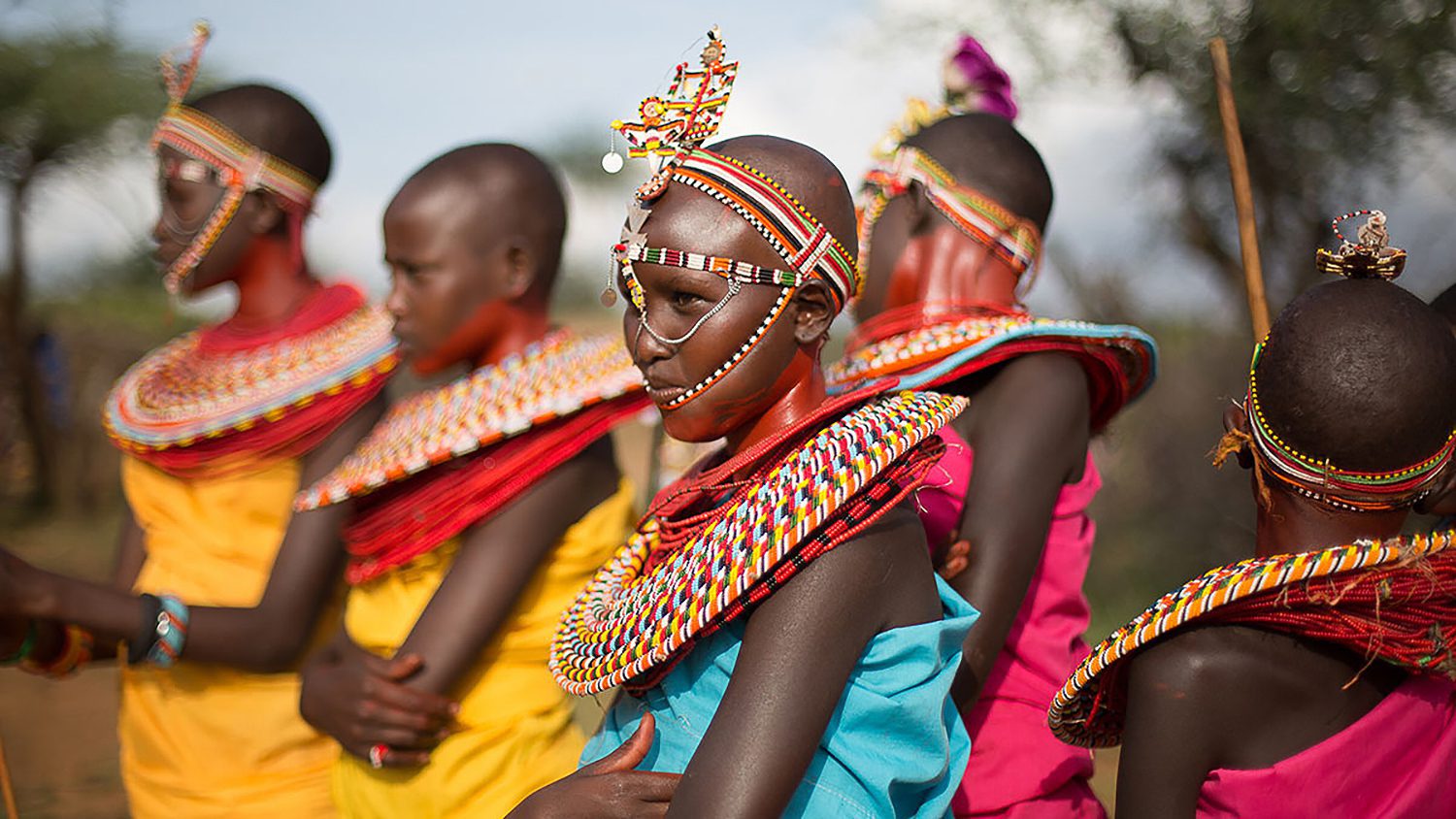
Laikipia benefits from this in that it gleans architectural competence, contemporary luxuries, culinary influence and talent and a more ready supply network than other, more remote regions. But development on any significant scale is blissfully absent. Wherever you stay and wherever you travel, you feel wonderfully alone, as if you are the only ones for hundreds of miles. Not every camp is private and you often may share venues with fellow guests, yet this is always in limited numbers, avoiding any sense of a resort or more public accommodation. You feel amongst the elite few, privy to a world others have rarely witnessed, the rugged countryside adding an aspect of adventure and exploration that is often absent in other destinations, despite their similar isolation and intimacy.
Its proliferation of wildlife make this an ideal destination for a first-time visitor, more than fulfilling the obligatory checklist of African game, yet its unquestionable distinctiveness offers something wonderfully new to even the most frequent of safari travelers.
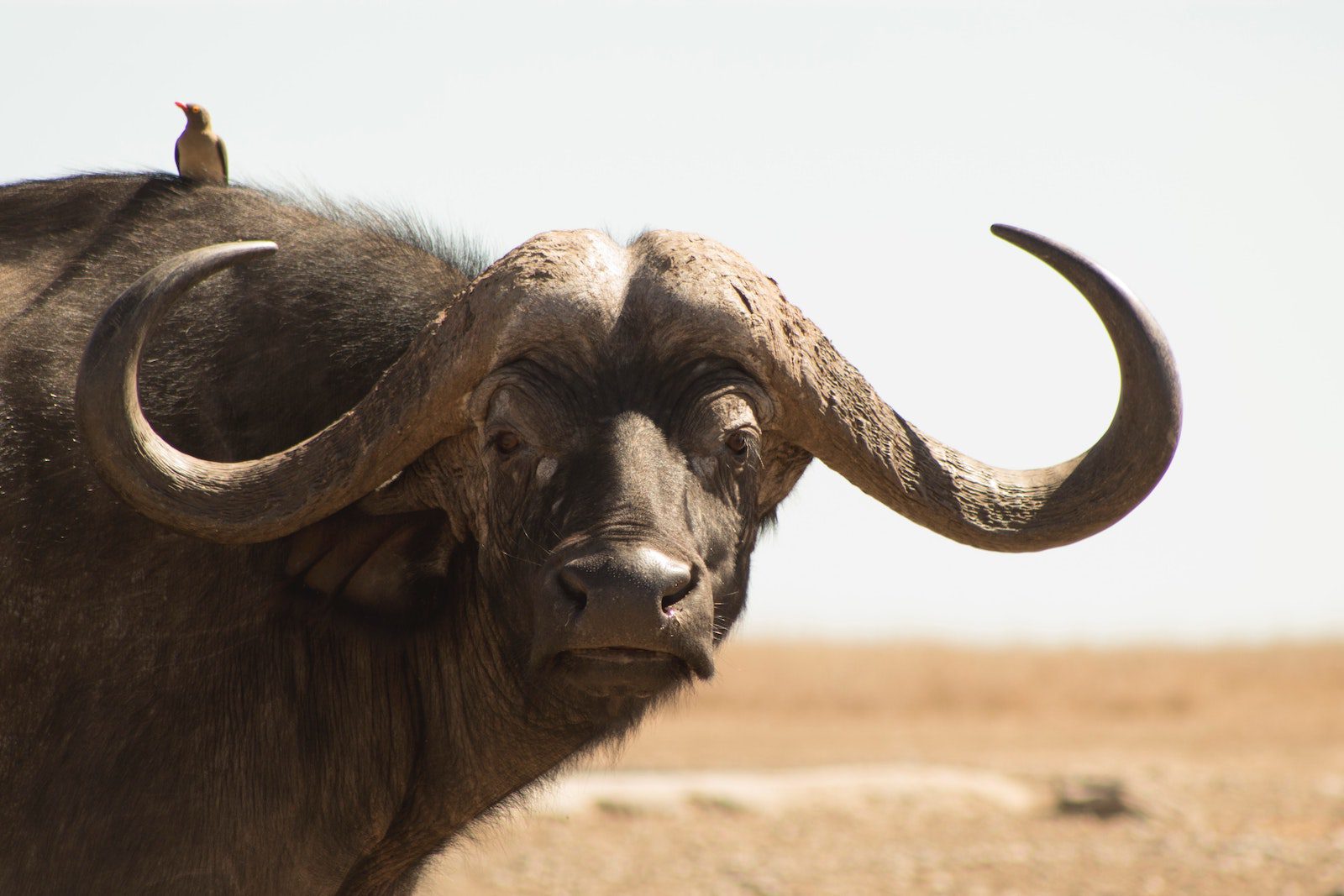
Though its renown is gradually increasing, Laikipia remains an unconventional region. Unconventional in its preeminence, or lack thereof, equally as in its uniqueness. It is that wonderful balance of spectacularly untouched and divinely accommodating, a balance that makes Laikipia an experience like no other, and one that you quite simply must undertake.
Talk to our Travel Designers today about making a reality of your wildest dreams or refer your travel agent to the expert staff at Rothschild Safaris.

